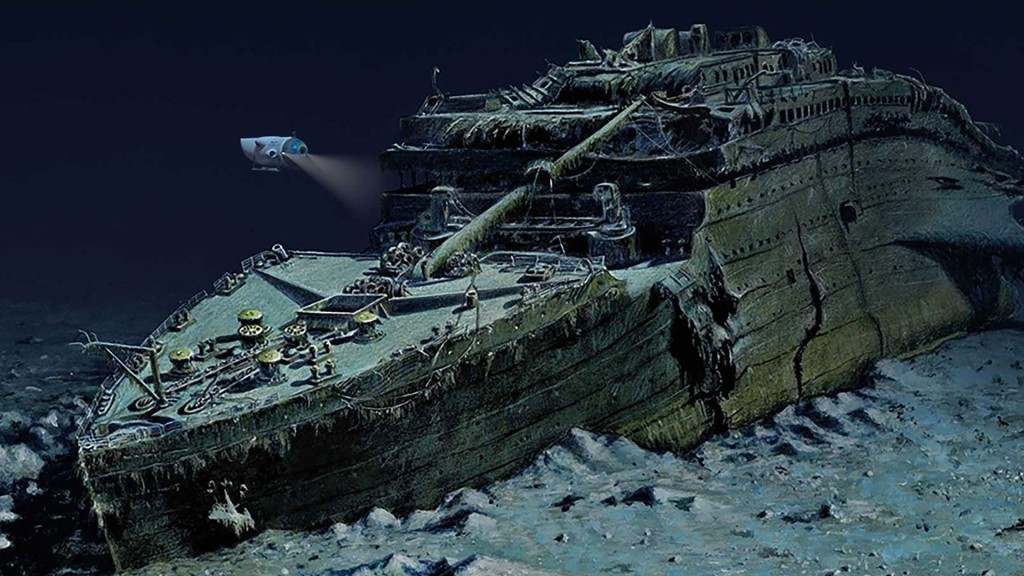Tragic Tale of Luxury and Disaster
The sinking of the Titanic on April 15, 1912, after colliding with an iceberg during its maiden voyage, is one of the most infamous maritime disasters in history. This article explores the events leading up to the disaster, its impact on maritime safety regulations, the enduring fascination with the Titanic, and the origin of conspiracy theories surrounding its sinking.
The Titanic’s Grandeur and Tragic End
The Titanic, a British passenger liner, was a marvel of its time, designed to be the epitome of luxury and technological advancement. With opulent amenities such as a swimming pool, gymnasium, and libraries, it was a symbol of the era’s opulence.
Impact on Safety Regulations
The tragedy of the Titanic led to significant changes in maritime safety regulations. The establishment of the International Ice Patrol and stricter safety measures, including sufficient lifeboats for all passengers, were implemented to prevent similar disasters in the future.
The Enduring Fascination
The story of the Titanic has captivated the public’s imagination for over a century, inspiring numerous books, documentaries, and films. The 1997 movie “Titanic” by James Cameron is a prime example of the enduring appeal of this tragic event.
The Origin of Conspiracy Theories
Several conspiracy theories surround the sinking of the Titanic, but they lack substantial evidence. One theory suggests the ship was switched with its sister vessel, the RMS Olympic, for an insurance fraud scheme, while another claims powerful individuals orchestrated the sinking to eliminate opposition to the Federal Reserve.
A Skeptical Perspective
Approaching conspiracy theories with skepticism is essential. They often arise from a desire to find meaning in tragic events or from the influence of modern communication platforms. The internet and social media have facilitated the spread of these theories, leading to their continued popularity.
Approaching the Truth
In conclusion, while conspiracy theories regarding the intentional sinking of the Titanic may be intriguing, they lack credible evidence and should be viewed with skepticism. The official explanation, based on the ship striking an iceberg, remains the most widely accepted account. When evaluating such claims, it’s crucial to rely on credible evidence and expert analysis.
